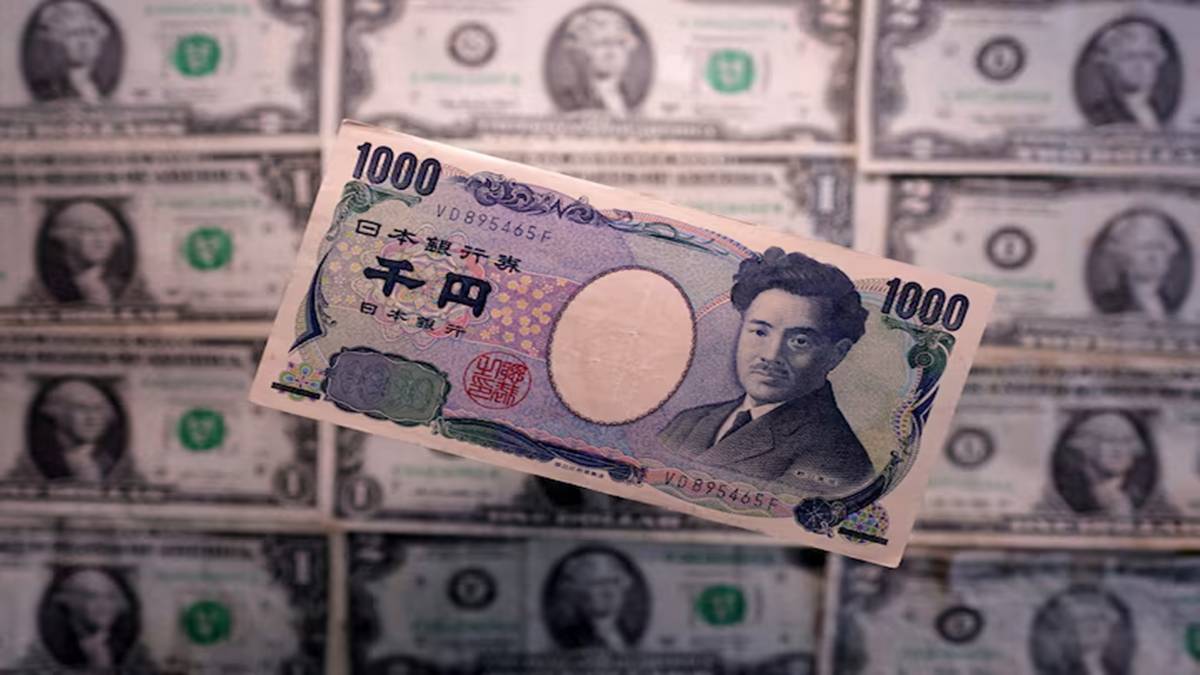On Thursday, the U.S. dollar regained its footing despite disappointing economic data, as market participants turned their attention to signs of a potential thaw in the ongoing trade tensions. Meanwhile, the Japanese yen awaited the outcome of an important central bank meeting. The dollar experienced its most significant monthly decline in over two years by the end of April, largely due to unpredictable tariff policies from President Donald Trump, which caused concerns about economic growth. However, recent hints from Trump suggesting possible trade agreements, particularly with China, have helped stabilize the dollar.
Dollar Strengthens Against Major Currencies
In the early hours of trading in Asia, the dollar gained approximately 0.5% against the euro, moving to $1.1328 per euro. It saw similar gains against the British pound and the Japanese yen, trading at $1.3323 per pound and 142.93 yen, respectively. Richard Franulovich, head of currency strategy at Westpac in Sydney, commented, “We’re currently in a phase where a de-escalation of trade tensions is likely, and the market is responding to that sentiment.”
Potential Trade Breakthroughs on the Horizon
During a televised address on Wednesday, Trump expressed optimism about possible trade deals with India, South Korea, and Japan, stating there’s a promising chance for an agreement with China. However, earlier that same day, U.S. Trade Representative Jamieson Greer clarified that no formal discussions were ongoing with China. Recent data indicated that a surge in imports ahead of impending tariffs contributed to a contraction in GDP during the first quarter. Despite this, some economists noted that robust private demand remains a positive indicator.
Upcoming Economic Indicators
Later today, key reports, including jobless claims and the ISM manufacturing survey, are set to be released. However, the labor market report for April, expected to show a hiring slowdown to approximately 130,000 jobs, will provide crucial insights into recession risks. Investors are keenly awaiting this data.
Central Bank Decisions Impacting the Yen
As the Bank of Japan (BOJ) convenes in Tokyo, the implications of Trump’s trade policies pose challenges to their previously steady approach to interest rate hikes. Although no immediate policy changes are anticipated, all eyes will be on the BOJ’s assessment of the economic outlook and its stance on the currency amidst ongoing trade negotiations with the U.S.
Currency Outlook and Trends
The dollar, which dipped below 140 yen at one point last month, could see further gains if the BOJ indicates reluctance to pursue additional rate hikes this year, according to Peter Dragicevich, an Asia-Pacific currency strategist at Corpay.
Meanwhile, both the Australian and New Zealand dollars maintained stability against the U.S. dollar, trading within their recent ranges. The Australian dollar climbed 0.2% to $0.6413, supported by slightly higher-than-expected inflation data that eased some concerns regarding interest rate policies. The New Zealand dollar remained steady at $0.5940.
This evolving landscape of international trade and currency fluctuations continues to attract the attention of investors, making it crucial to stay informed on upcoming economic indicators and central bank decisions.











